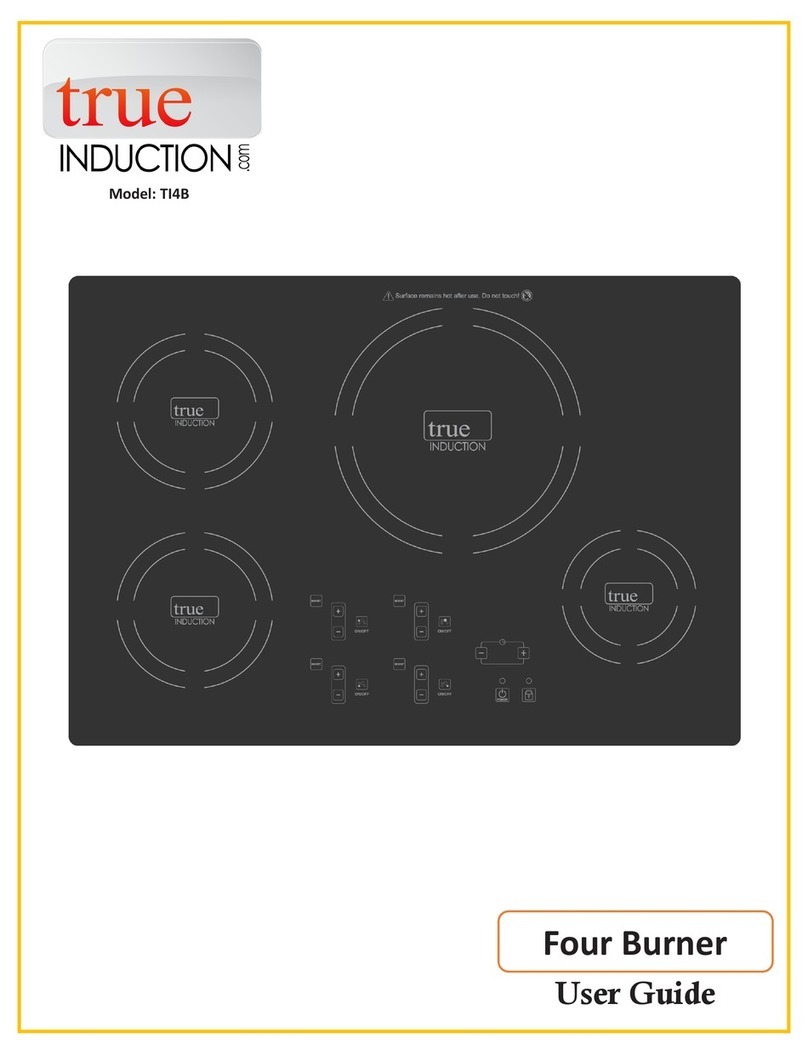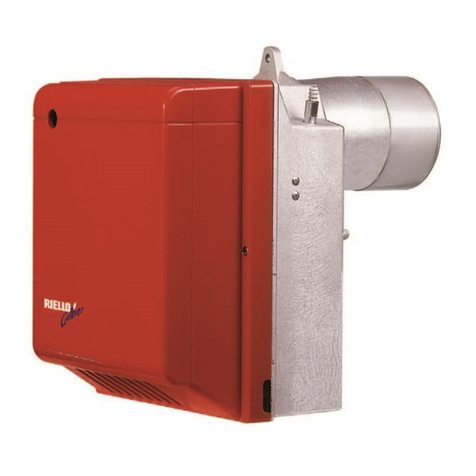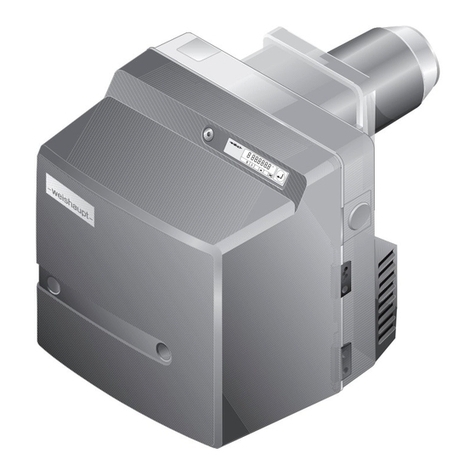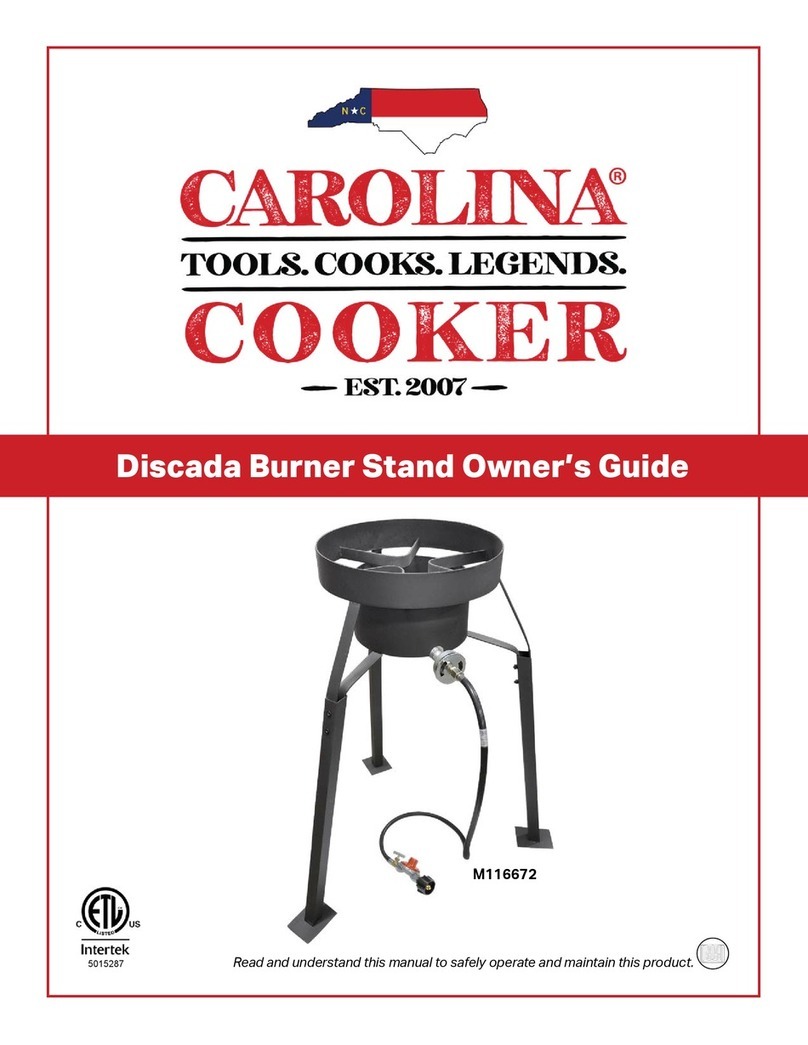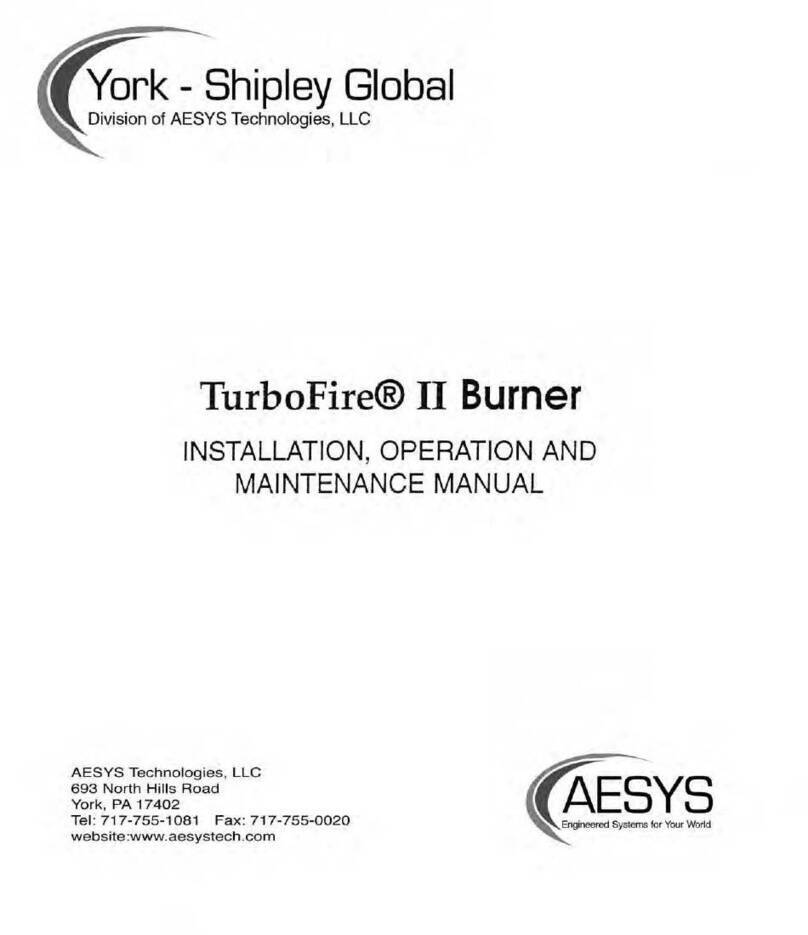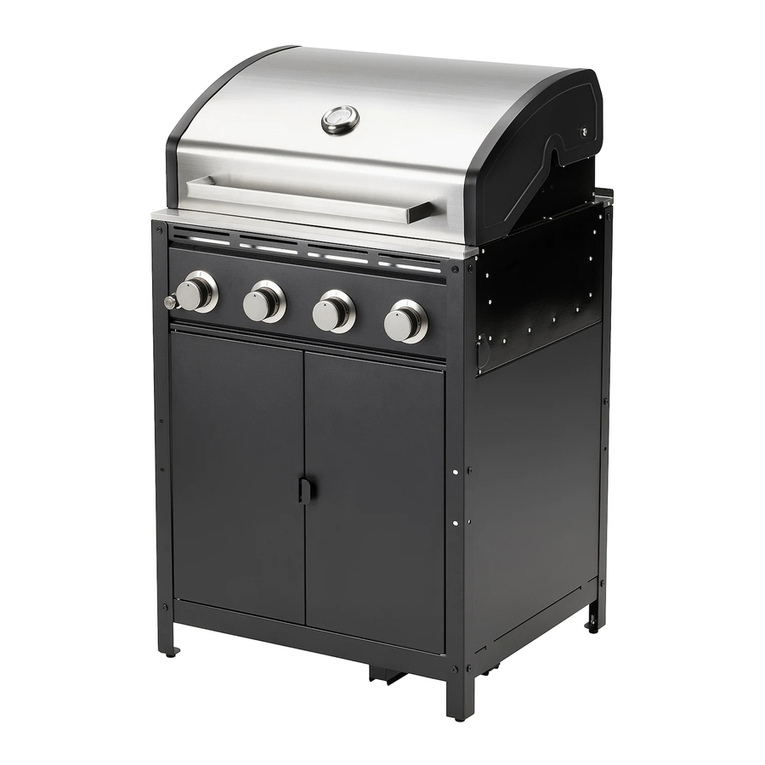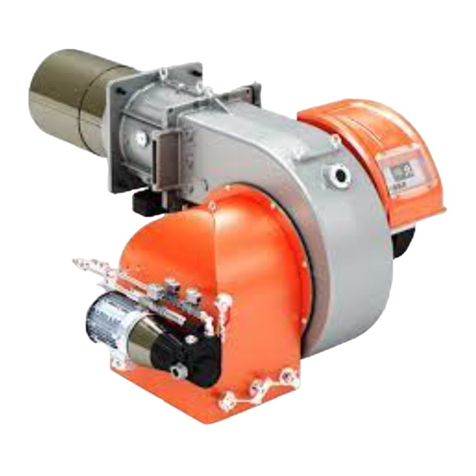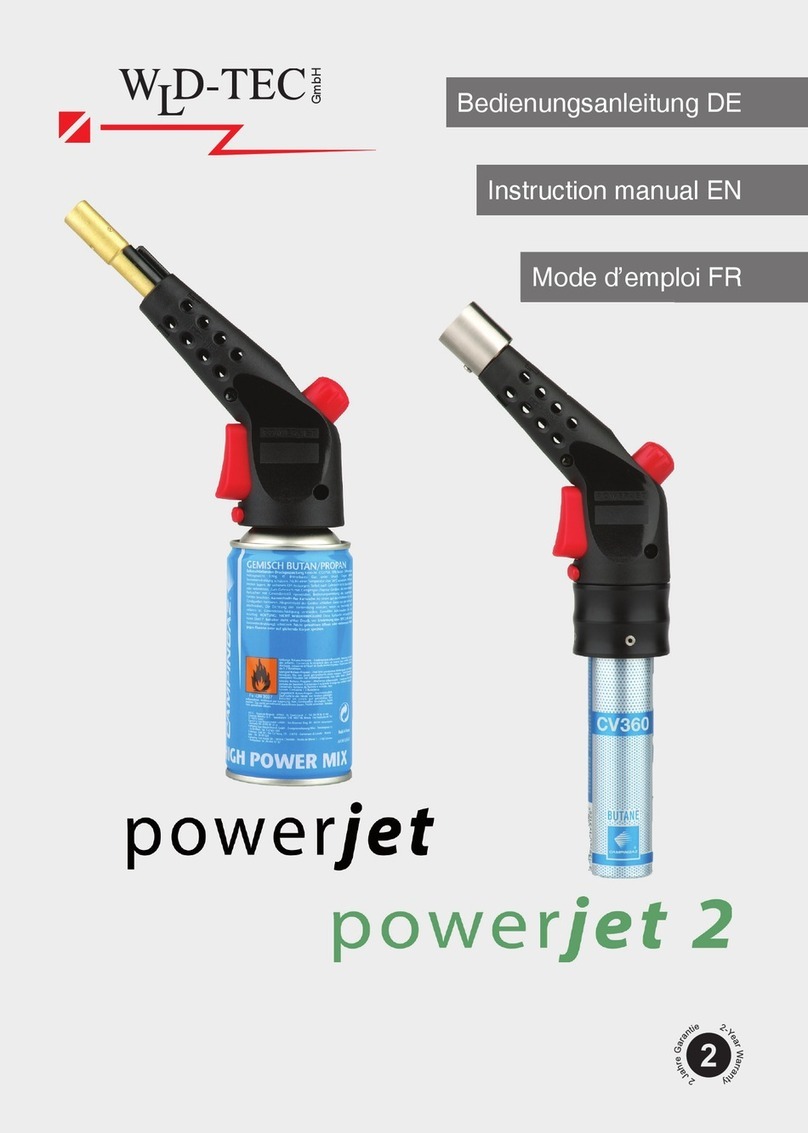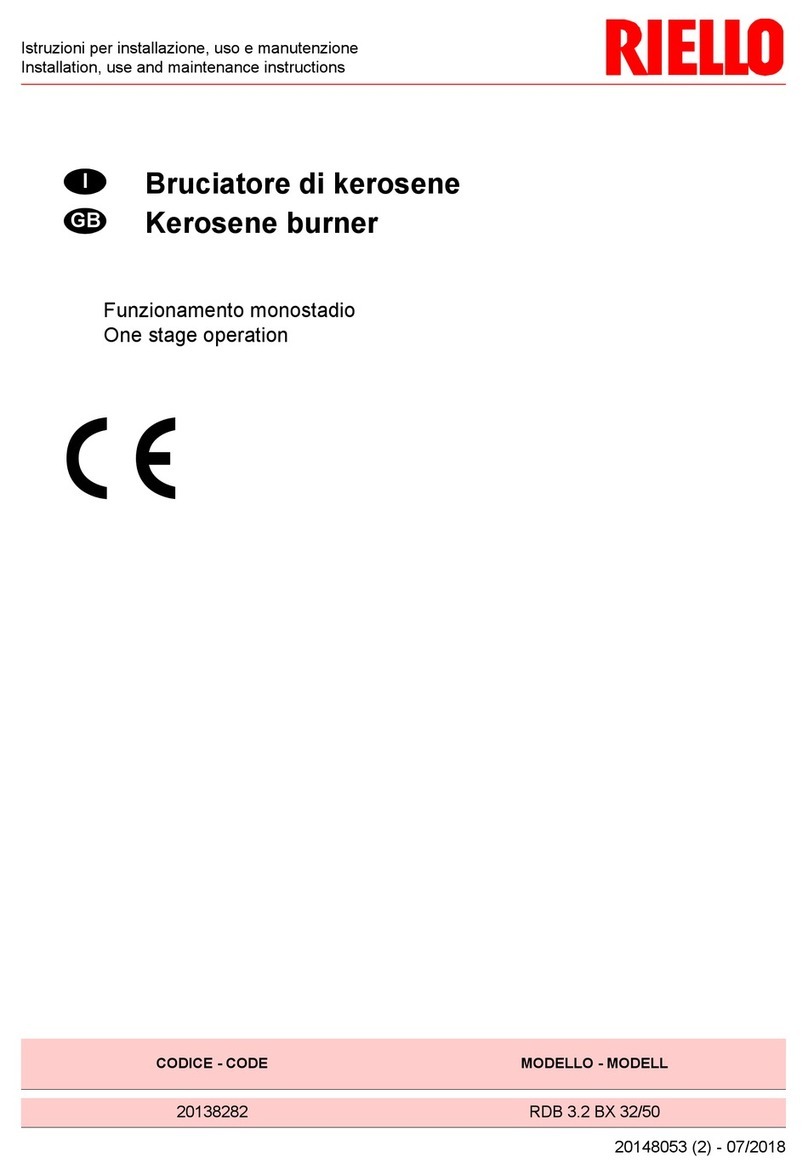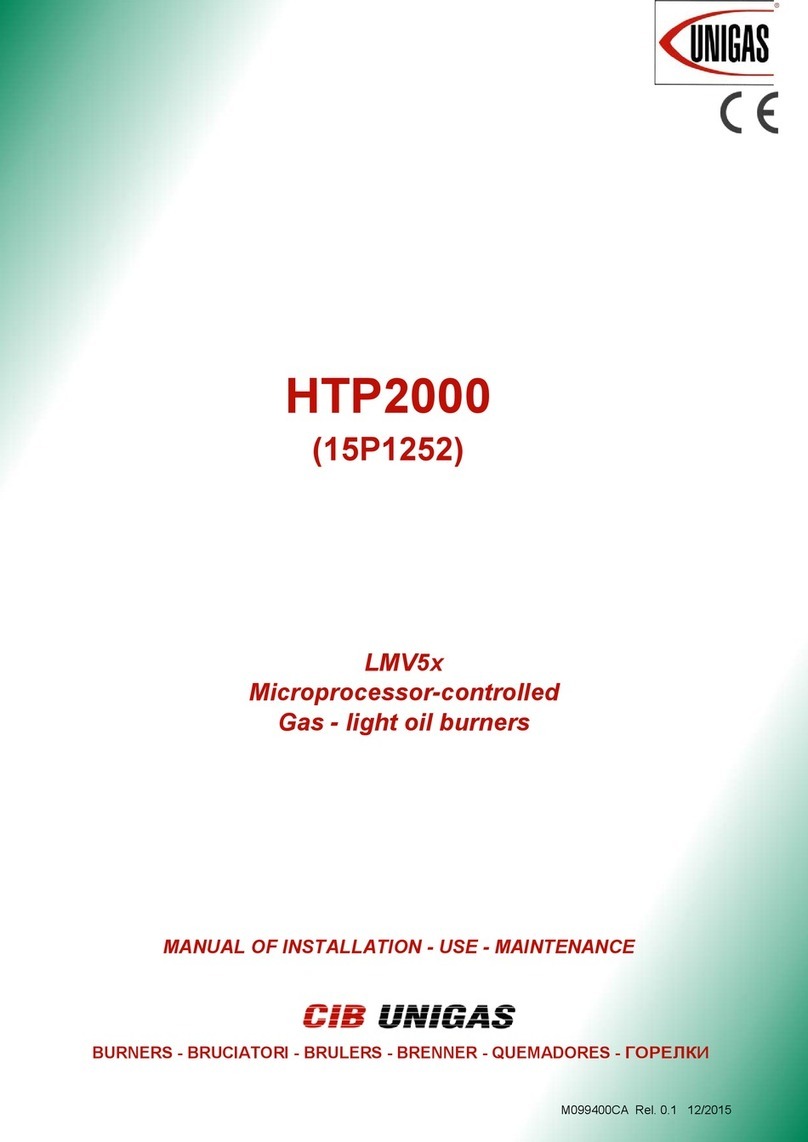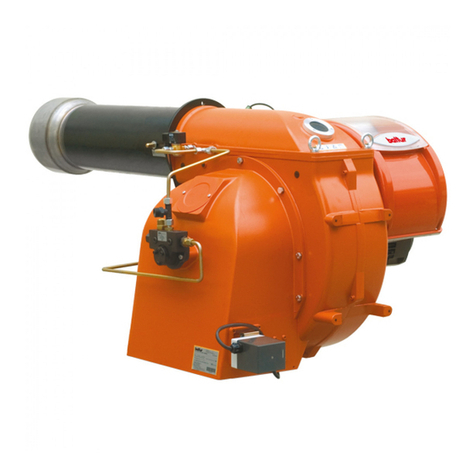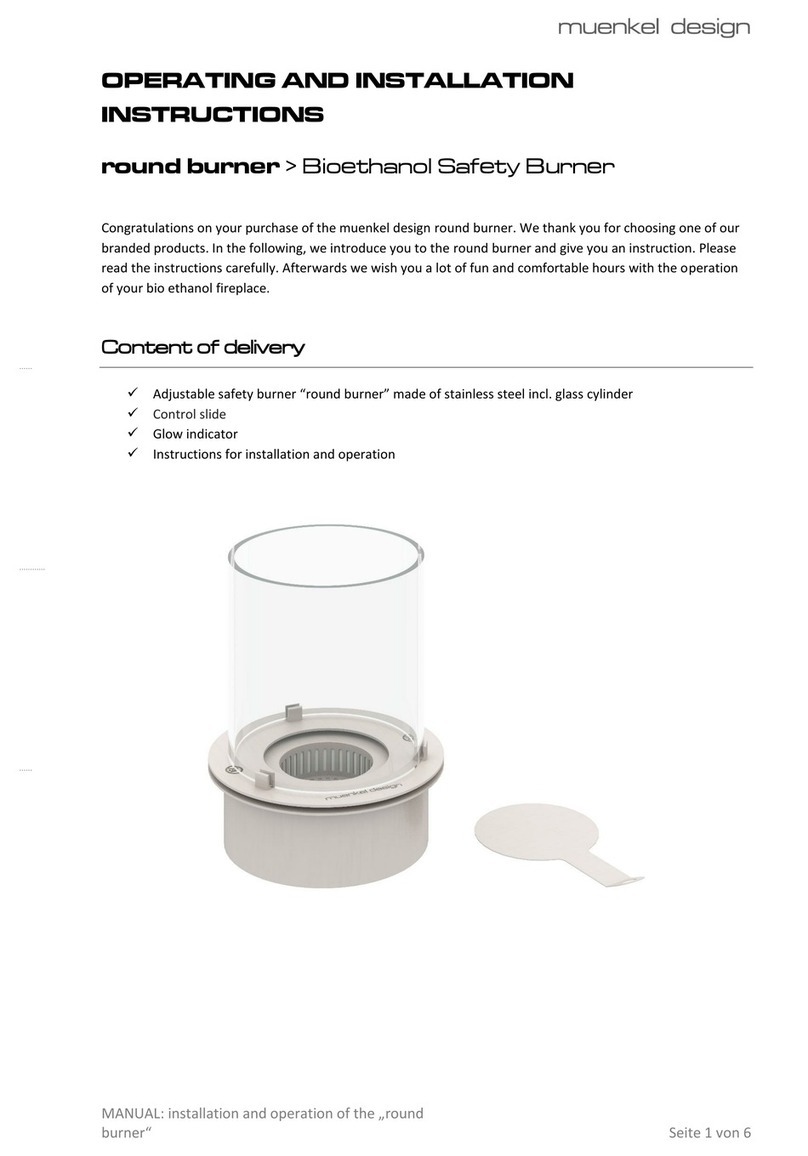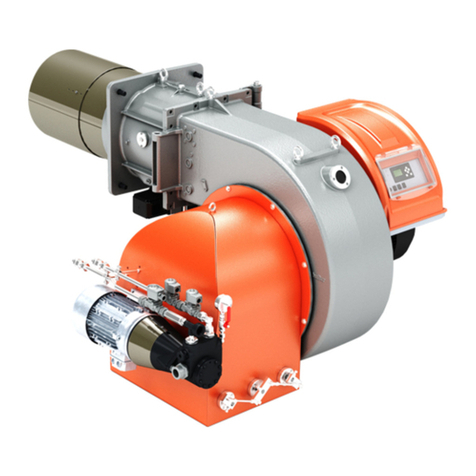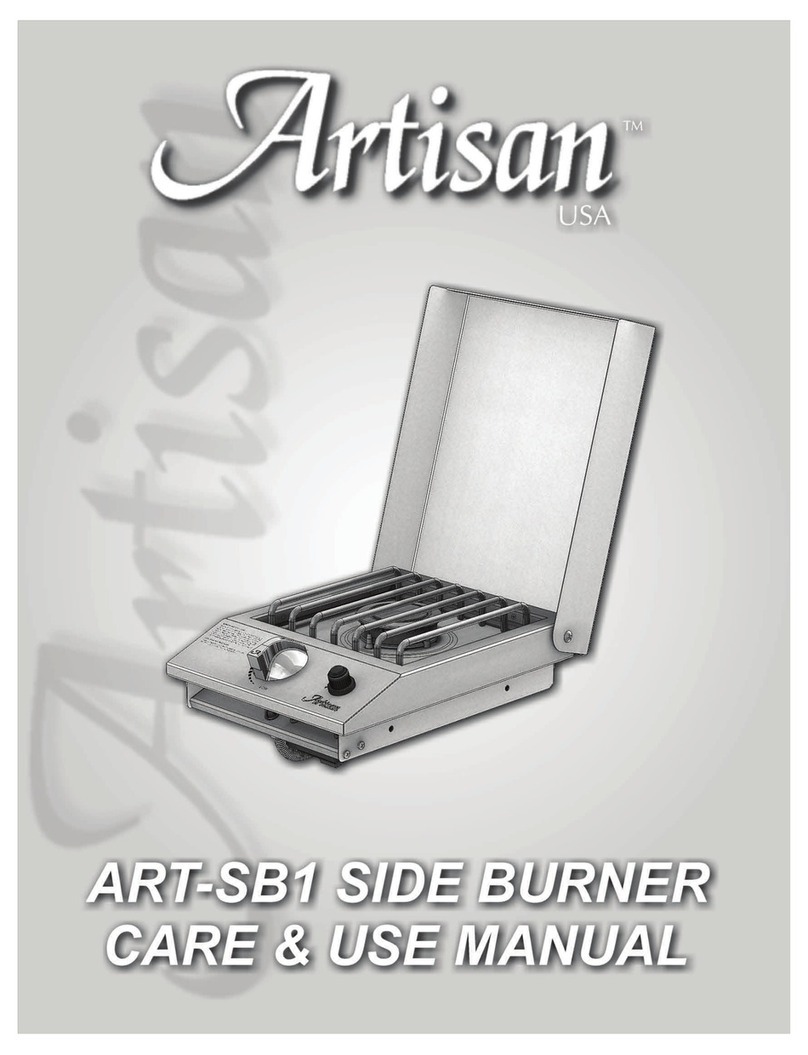
Comfortflame.US.com900570-00_NC 3
SAFETY Continued
Due to high temperatures, the appliance should be
located out of traffic and away from furniture and
draperies.
Do not place clothing or other flammable material
on or near the appliance. Never place any objects on
the appliance.
Appliance base assembly becomes very hot when
running appliance. Keep children and adults away
from hot surface to avoid burns or clothing ignition.
Appliance will remain hot for a time after shutdown.
Allow surface to cool before touching.
Carefully supervise young children when they are in the
room with appliance. When using the hand-held remote
accessory, keep selector switch in the OFF position to
prevent children from turning on burners with remote.
You must operate this appliance with the fireplace
screen and hood in place. Make sure fireplace screen
and hood are in place before running appliance. The
fireplace screen shall have openings for introduction
of combustion air.
Keep the appliance area clear and free from combus-
tible materials, gasoline and other flammable vapors
and liquids.
1. This appliance is only for use with the type of gas indicated on the
rating plate. This appliance is not convertible for use with other
gases.
2. Do not place propane/LP supply tank(s) inside any structure. Locate
propane/LP supply tank(s) outdoors (propane/LP units only).
3. If you smell gas
•shutoffgassupply
•donottrytolightanyappliance
•donottouchanyelectricalswitch;donotuseanyphoneinyour
building
•immediately call your gas supplier from a neighbor’s phone.
Followthegassupplier’sinstructions
•ifyoucannotreachyourgassupplier,calltheredepartment
4. This appliance shall not be installed in a bedroom or bathroom,
unless installed as a vented appliance. See Installing Damper
Clamp Accessory for Vented Operation, page 7. This gas log
set may not be installed as a vented appliance in a bedroom or
bathroom in the Commonwealth of Massachusetts.
5. Before installing in a solid fuel burning fireplace, the chimney flue
and firebox must be cleaned of soot, creosote, ashes and loose
paint by a qualified chimney cleaner. Creosote will ignite if highly
heated. A dirty chimney flue may create and distribute soot within
the house. Inspect chimney flue for damage. If damaged, repair
flue and firebox before operating appliance.
6. If fireplace has glass doors, never operate this appliance with
glass doors closed. If you operate appliance with doors closed,
heat buildup inside fireplace will cause glass to burst. Make sure
there are no obstructions across openings of fireplace.
7. To prevent the creation of soot, follow the instructions in Cleaning
and Maintenance, page 18.
8. Before using furniture polish, wax, carpet cleaner or similar
products, turn appliance off. If heated, the vapors from these
products may create a white powder residue within burner box
or on adjacent walls and furniture.
9. Do not use this appliance as a wood burning appliance. Use only
the logs provided with the appliance. Do not burn solid fuels in
this appliance.
10.Do not run appliance
•whereammableliquidsorvaporsareusedorstored
•underdustyconditions
11.Do not use this appliance to cook food or burn paper or other
objects.
12.Do not use this appliance if any part has been exposed to or under
water. Immediately call a qualified service technician to inspect
the room appliance and to replace any part of the control system
and any gas control which has been under water.
13.Do not operate appliance if any log is broken.
14.Turn appliance off and let cool before servicing, installing or
repairing. Only a qualified service person should install, service
or repair appliance.
15.This appliances must not be connected to any external electrical
source.
16.Operating appliance above elevations of 4,500 feet may cause
pilot outage.
17.To prevent performance problems, do not use propane/LP fuel
tank of less than 100 lb. capacity (propane/LP units only).
18.Provide adequate clearances around air openings.
19.Do not operate appliance if any log is broken.
If used with MFEB accessory ember burner, this ap-
pliance shall only be installed in a wood burning
appliance.
WARNING: This appliance shall not be installed in a
room or space unless the required volume of indoor
combustion air is proved by the method described in
the National Fuel Gas Code, ANSI Z223.1/NFPA 54,
the International Fuel Gas Code.
Any part removed for servicing the appliance must be
replaced prior to operating the appliance.
When installing as a vented appliance in a manufac-
tured home or mobile home, the installation must
conform with the Manufactured Home Construction
and Safety Standard, Title 24 CFR, Part 3280 or when
standard is not applicable, with Manufacture Home In-
stallations Standard, ANSI/NCSBCS A225.1/NFPZ 501A.


